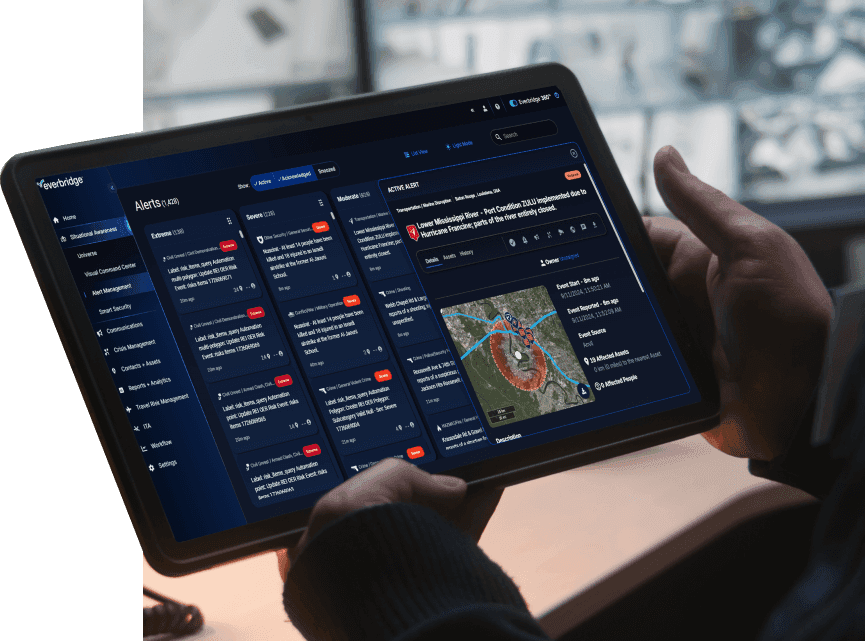Long gone are the days where a cyber security breach inferred you just had to change your log in password, or maybe run a virus scan. Modern cyber breaches are a constantly growing and changing combination of threats and security concerns that can put organizations in a lurch, and if not solved quickly can cause significant damage not only to reputation, but to customer trust.
Anticipating and detecting a cyber security breach and/or a ransomware attack can be complex tasks, with multiple stakeholders required. The strategies are shifting, and the need for the right toolstack to ensure safety has never been more important.
How are cyber risk management strategies shifting?
When it comes to modern cyber security attacks and ransomware threats, the focus in strategies has shifted from prevention to detection.
At first thought, this may seem counterintuitive – isn’t preventing an attack a better use of resources than detecting one when it’s already happened? On paper, yes, but in practice it’s far more complicated. Due to the sophistication of modern threat actors, businesses have begun operating under the ‘when’, rather than ‘if’ assumption. Meaning, although preventative security measures are taken seriously, business risk strategies now anticipate the occurrence of a cyber crisis.
Preventative strategies also operate under the core condition that one can anticipate what an event or attack will be, and that there are clear, implementable ways to avoid that attack from happening. For example, preventative techniques to avoid the risk of email hacking include routine logging out of accounts and using a strong, complicated password. But, how do you prevent an attack on your database a year from now, from sophisticated ransomware that is constantly in development halfway across the world, by a network of hackers that don’t speak your language? You can lose valuable time and labor trying to come up with a solution, or you can invest those resources into working on detection strategies for when these risks inevitably happen.
Strategies are shifting to prioritize resilience through early detection technology and post-crises processes versus focusing on total prevention.
How can organizations better anticipate and detect a cyber breach?
There are a few vital factors to be considered when planning how to better anticipate and detect a cyber security breach.
As mentioned previously, possibly the most important piece of knowledge that needs to be accepted when making any plans, is fully understanding and accepting that cyberattacks will happen. Operating in the mindset that your organization is safe from an attack, or that you can safeguard yourself well enough to prevent them entirely, is a critical error that many businesses still make. Falling victim to a cyber security breach is rarely the fault of the business and isn’t a sign of lacking preventative measures; it is just an unfortunate truth that businesses are faced with cyber threats daily, and proactively anticipating them is critical to any long-term success.
Second, the best strategy for quick detection, management, and resolution of a cyber security attack is automation. The world of digital operations automation is lightyears beyond what it was even a few years ago, and with advancements in monitoring tools, as well as incident and event management tools, automation is the all-star player in any team. Organizations increase their resilience when taking full advantage of threat intelligence by automatically feeding this information directly into appliances, beyond the intelligence feeds that come standard within most technologies. In other words, enhancing awareness through automation helps rapid detection and leads to lessened impact.
Automation drastically reduces the average time to identify, or detect, a breach, according to IBM’s 2021 “Cost of a Data Breach Report”.
| Level of Security Automation | Days to Identify a Breach |
| Fully deployed | 184 days |
| Partially deployed | 212 days |
| Not deployed | 239 days |
Furthermore, organizations can join industry groups and stay aware of local cybercrime risks. Keep an eye on federal legislation and how your policies and procedures might need to change. These are all practices that will help you identify what kind of cyberattacks or other cyber risks can impact your business.
So what’s next?
Where do you begin to determine what kind of automation your organization requires to detect cyber security breaches, and what is the ROI in doing so? Download How a Digital Operations Platform Can Extend the Cyber Protection of Your Organization to get started!

